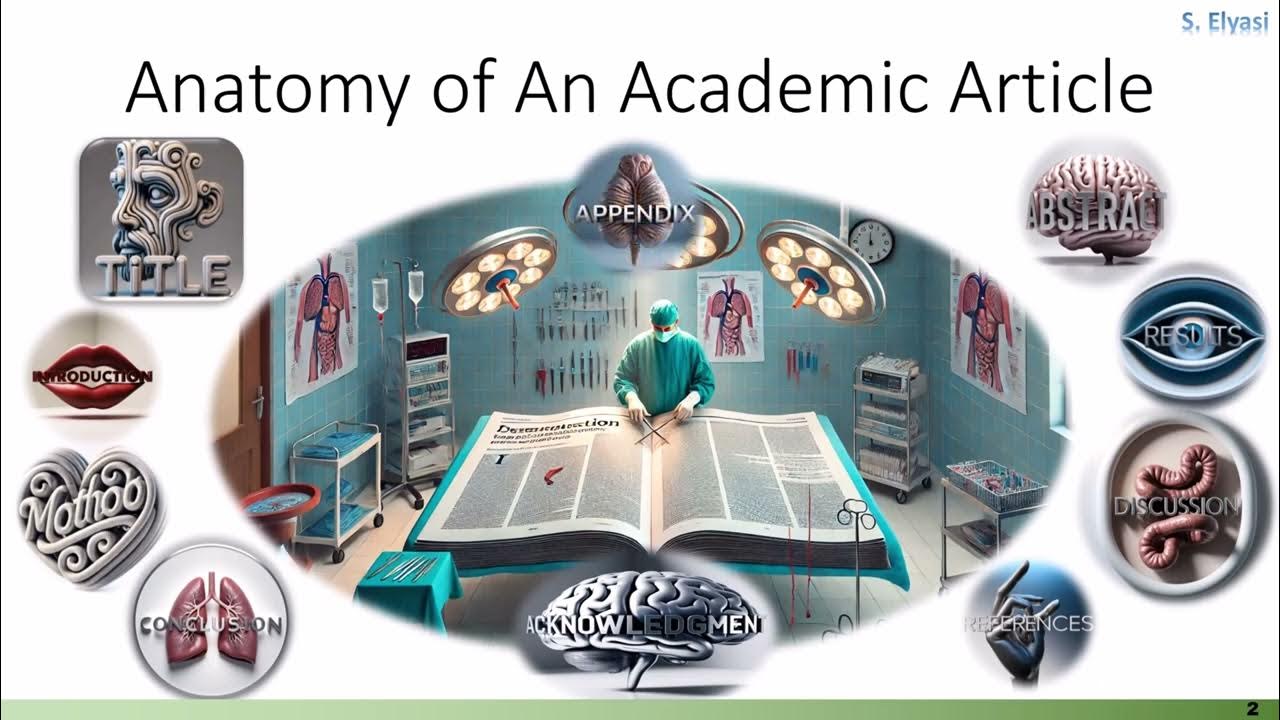Types of Business Letters
Summary
TLDRThis video script offers a comprehensive guide to crafting effective business letters and memos, emphasizing their importance in maintaining professional communication. It covers the essentials of writing for various workplace occasions, including inquiry, cover, sales, and customer relation letters, as well as memos for internal communication. The script provides strategies for identifying the audience, purpose, and tone, and stresses the collaborative nature of these documents. It also highlights the 'four A's' of sales letters and the key elements of memos, such as timeliness, professionalism, and tactfulness, to ensure clear and impactful communication.
Takeaways
- 📝 **Importance of Business Letters**: Business letters and memos are crucial for maintaining professional communication in various workplace scenarios.
- 🔑 **Career Development**: Writing effective letters and memos can significantly contribute to one's professional image and career advancement.
- 🤝 **Rapport Building**: Every letter should aim to establish or maintain good relationships with the reader, protecting the company's and the individual's professional image.
- 📈 **Sales and Opportunities**: Letters play a role in continuing or increasing business sales, relationships, and opportunities.
- 🧐 **Audience Understanding**: Identifying the audience, purpose, and their needs is essential for formulating and organizing a suitable message.
- 📚 **Collaborative Documents**: Letters can be collaborative, involving input from various departments such as IT, legal, or marketing, and may require approval from superiors.
- 📜 **Classification of Letters**: Business letters can be categorized as positive, neutral, or negative based on their message and the expected audience reaction.
- 💡 **Inquiry Letters**: These letters seek information about products, services, or procedures, and clarity in writing leads to quicker and more helpful responses.
- 📑 **Cover Letters**: Accompanying documents like proposals or reports, cover letters should summarize the document and its relevance to the reader.
- 🛍️ **Sales Letters**: Designed to persuade the reader to buy a product or service, they follow the 'four A's' of attention, appeal, benefits, and action.
- 💌 **Customer Relations**: Letters should reflect sensitivity to customers' needs and the importance of maintaining friendly working relations.
- 📋 **Memos for Internal Communication**: Memos serve various functions within an organization, including announcements, instructions, policy clarifications, and problem alerts.
- 📝 **Memo Structure**: Memos consist of a header with identifying information and a message body, which should be clear, concise, and answer key questions about the topic discussed.
Q & A
What is the primary purpose of business letters and memos in a professional setting?
-The primary purpose of business letters and memos is to establish or maintain good rapport with the reader, protect and promote the company and one's professional image, and to continue or increase business sales, relationships, and opportunities.
Why is it important to identify the audience, purpose, and their needs when writing a business letter?
-Identifying the audience, purpose, and their needs is crucial for formulating and organizing a suitable message that effectively communicates with the audience, ensuring the letter is well-received and achieves its intended goal.
What roles do letter writers typically play in the workplace?
-Letter writers often play roles such as researchers, problem solvers, decision makers, honest and ethical spokespersons, and team players, collaborating with various departments and individuals as needed.
How can a cover letter effectively prepare the audience for the document it accompanies?
-A cover letter should tell the readers why the document is being sent, summarize its content including sections, visuals, statistics, and appendices, explain its relevance to the reader, and express willingness to answer questions about the document.
What are the four A's of sales letters and how do they contribute to the letter's effectiveness?
-The four A's of sales letters are: getting the reader's attention, highlighting the product or service's appeal, focusing on the benefits to the reader, and showing the product or service application with features and warranties. These elements motivate the reader to take a specific action promptly.
What is the purpose of customer relation letters in business correspondence?
-Customer relation letters aim to show how the company values its customers, revealing sensitivity to their needs and establishing and maintaining friendly working relations.
How do memos serve as internal business communications within an organization?
-Memos serve as internal business communications by making announcements, giving instructions, clarifying policies or procedures, changing policies or procedures, alerting staff to problems, sending recommendations, providing records, and calling meetings.
What are some common guidelines for writing effective memos?
-Common guidelines for writing effective memos include being timely, professional, tactful, and ensuring the memo is sent to appropriate individuals. The memo should also follow the company's protocol and be well-organized and accurate.
What are the key parts of the identifying information in a memo?
-The key parts of the identifying information in a memo include the 'from', 'to', 'date', and 'subject' lines, which help in organizing and clarifying the memo's context.
How should a memo be structured to facilitate quick understanding and action by the reader?
-A memo should be structured with an introduction that explains the purpose, a discussion section that provides necessary details, and a conclusion that specifies the desired reader response, using organizational markers like headings, lists, and bold text to emphasize key points.
What types of information should be considered when analyzing the audience and their needs for a memo?
-When analyzing the audience and their needs for a memo, consider the types of information they expect to receive, how they will use it, and anticipate their questions or concerns to tailor the memo's content accordingly.
Outlines

This section is available to paid users only. Please upgrade to access this part.
Upgrade NowMindmap

This section is available to paid users only. Please upgrade to access this part.
Upgrade NowKeywords

This section is available to paid users only. Please upgrade to access this part.
Upgrade NowHighlights

This section is available to paid users only. Please upgrade to access this part.
Upgrade NowTranscripts

This section is available to paid users only. Please upgrade to access this part.
Upgrade NowBrowse More Related Video
5.0 / 5 (0 votes)





